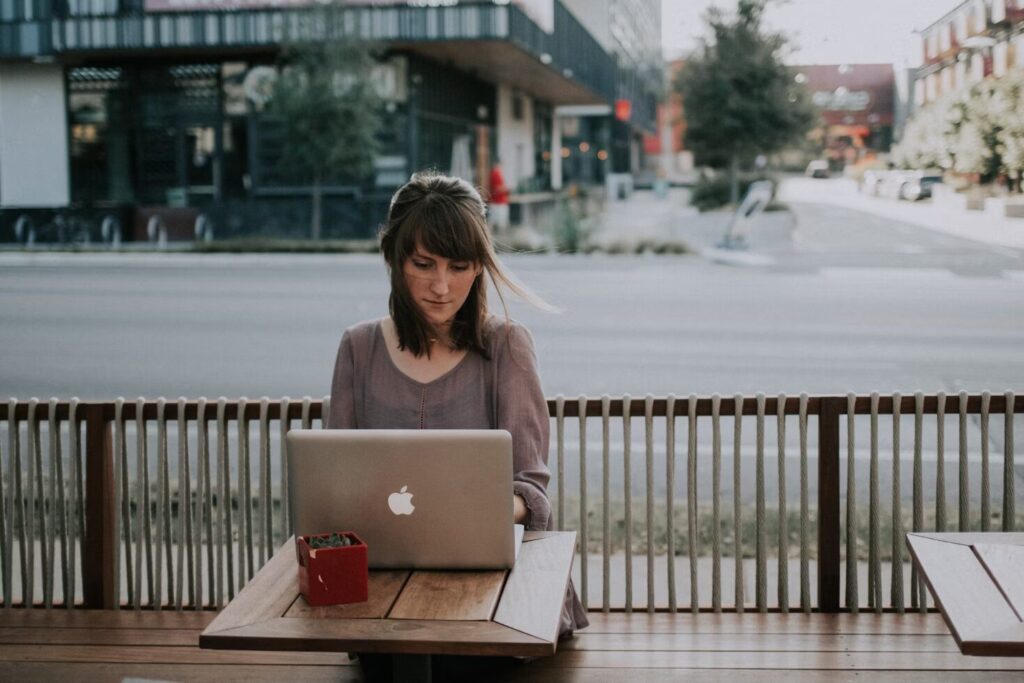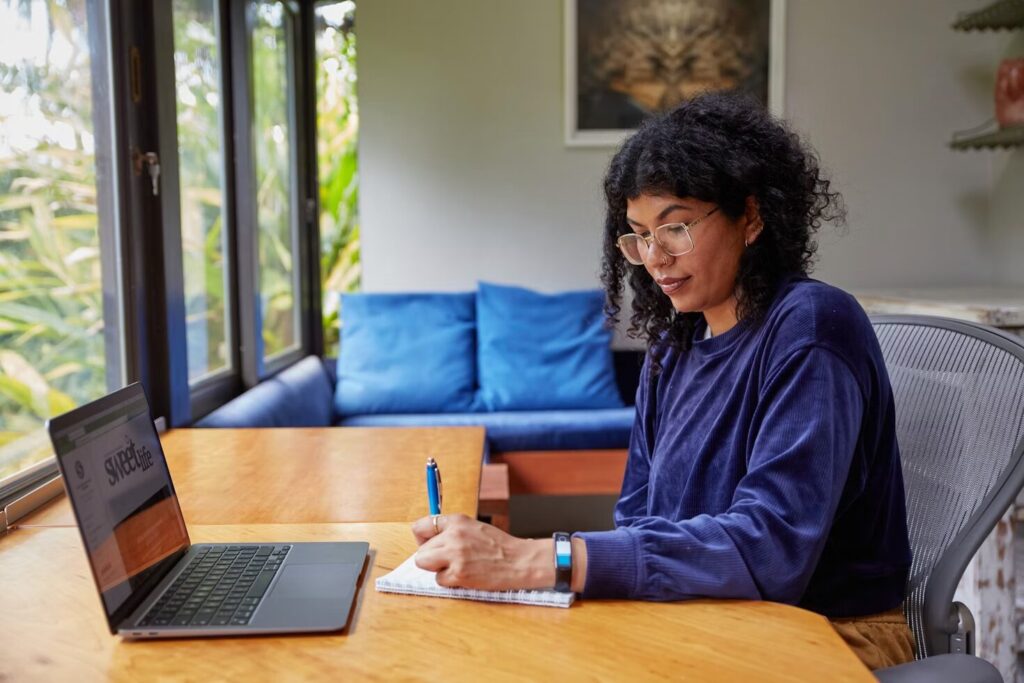Life is a juggling act and it can feel overwhelming. We’re constantly trying to meet the growing expectations of our careers and maintain peace, health and happiness at home. In this tug-of-war we can lose sight of ourselves – physically and mentally. But balance isn’t a luxury, it’s a necessity. This guide will help you navigate the intersection of safety and sanity in your daily life with practical tips and tools for better work-home integration.
What is Balance in Today’s World
Work-life balance isn’t what it used to be. With remote work, flexible hours and 24/7 connectivity the lines between “professional” and “personal” are blurrier than ever. We’re answering emails from the dinner table or attending meetings in our PJs – often without realising the psychological impact.
True balance today looks less like rigid boundaries and more like intentional harmony. It’s about recognising when one area of life is overwhelming the other and taking conscious steps to rebalance. It’s also about physical safety (having a secure and healthy environment) and mental well-being (reducing stress and anxiety). One impacts the other and both deserve equal attention.
Creating a Safe and Productive Work Environment
Whether you work from a corporate office or your kitchen table your environment plays a huge role in your productivity and mental health. Safety starts with ergonomics: a supportive chair, a desk at the right height and adequate lighting can prevent strain and fatigue. Just as important is the emotional safety of your workspace – feeling comfortable enough to set boundaries and protect your time.
For remote workers, coworking spaces can offer a professional environment without the isolation. Spaces like The Work Project are designed to combine aesthetic comfort with functional design making it easier to get into flow while still feeling calm.
Every few weeks evaluate your workspace. Ask yourself: Does this area help me focus? Is it clutter free? Am I comfortable sitting here for hours? Small changes – like repositioning your monitor or adding a small plant – can make a big difference in how you feel during the workday.
Building Emotional Resilience at Work and Home

We can’t control our environment but we can control how we respond to it. Emotional resilience is your ability to navigate stress, bounce back from setbacks and maintain clarity under pressure.
This starts with awareness. Practices like mindfulness, deep breathing or even short journaling sessions can help you stay grounded. Keeping a gratitude list or naming three wins each day can reframe your mindset from scarcity to abundance.
Equally important is connection. Whether through trusted colleagues, friends or a therapist having someone to talk to helps offload mental clutter. Remember, resilience isn’t about avoiding discomfort – it’s about facing it with tools, support and self-compassion.
Physical Well-being Without Obsession
Physical health is the foundation of both safety and sanity – but it doesn’t require extreme routines or trendy regimens. A few simple habits can go a long way: walking during breaks, staying hydrated, stretching your body every few hours and eating nutrient rich meals throughout the day.
Workplace hygiene is equally important. Regular hand washing, keeping your workstation clean and paying attention to indoor air quality can prevent illness and keep you focused. For those in healthcare, caregiving or physically demanding jobs proper wound care is critical. Innovations like Urgo Medical provide modern solutions for wound healing that promote recovery and reduce infection risk.
Being proactive about your physical wellness shows respect not just for your body but for your time and energy too.
Transitions: Mastering the Art of Switching Hats

One of the most underappreciated challenges of modern life is switching hats – from professional to personal and back again. Without clear transitions stress from one area seeps into the other and creates unnecessary tension.
Create a “third space” – a buffer between work and home mode. This could be as simple as a short walk, a quiet tea break or a podcast during your commute. If you work from home end your day with a symbolic action like closing your laptop, lighting a candle or changing clothes.
Technology boundaries are another powerful tool. Consider setting device curfews, disabling non-essential work notifications after hours and scheduling daily screen free time. These micro-boundaries help you protect your attention and reengage more meaningfully at home.
Food and Safety as Pillars of Sanity
Food fuels not just your body but your mood, concentration and overall sense of well-being. Simple changes like batch cooking balanced meals, avoiding excessive caffeine and drinking water regularly can have a big impact on how you feel.
But food safety is just as important – especially when preparing meals for others or working in caregiving or hospitality industries. Proper storage, hygiene and preparation habits are key. For those in relevant roles a food safety refresher course can be a great way to stay up to date and confident in your practices.
Being intentional about what you eat and how you handle food contributes to a safer, saner life for yourself and those around you.
Digital Safety and Mental Hygiene
The average person checks their phone over 80 times a day. That constant exposure to screens and information can erode mental clarity and heighten stress.
Digital hygiene starts with decluttering: unsubscribe from newsletters you never read, organize your files and limit the apps on your phone’s home screen. Next, set limits – batch process emails at set times, take social media breaks and set up screen free zones in your home.
Cybersecurity matters too. Use strong passwords, enable two-factor authentication and keep your personal and professional devices secured. Your digital space is an extension of your mental space – treat it with care.
When Safety Becomes Obsession: Finding the Sanity Line
In the pursuit of safety it’s easy to tip into over-control. Excessive sanitizing, obsessive planning or constant fear of “what if” can become their own mental health risks.
This is where sanity comes in. Ask yourself: Are my precautions reasonable? Are they based on actual risk or fear? Striving for pragmatic safety – measured, informed and calm – creates space for flexibility and joy.
Remember, true safety isn’t about eliminating all risk. It’s about creating conditions where you feel safe enough to live fully.
Conclusion: Balancing Isn’t Perfection – It’s Rhythm
Balancing isn’t about splitting everything 50/50 or living a perfectly controlled life. It’s about rhythm – tuning in, adjusting and dancing between roles and responsibilities with awareness.
Take time each week to ask yourself: What’s working? What’s not? What needs attention?
When you prioritise both safety and sanity you create a life where work energises rather than drains you and home is a place of restoration – not recovery.




 Eve Buttenshaw is a wellness expert and contributor to My Healthy Living and Strategies, where she brings her extensive knowledge of mental health, nutrition, and holistic well-being to the forefront. Eve’s passion for empowering individuals to live healthier, more mindful lives is reflected in her thoughtful and informative content.
Eve Buttenshaw is a wellness expert and contributor to My Healthy Living and Strategies, where she brings her extensive knowledge of mental health, nutrition, and holistic well-being to the forefront. Eve’s passion for empowering individuals to live healthier, more mindful lives is reflected in her thoughtful and informative content.